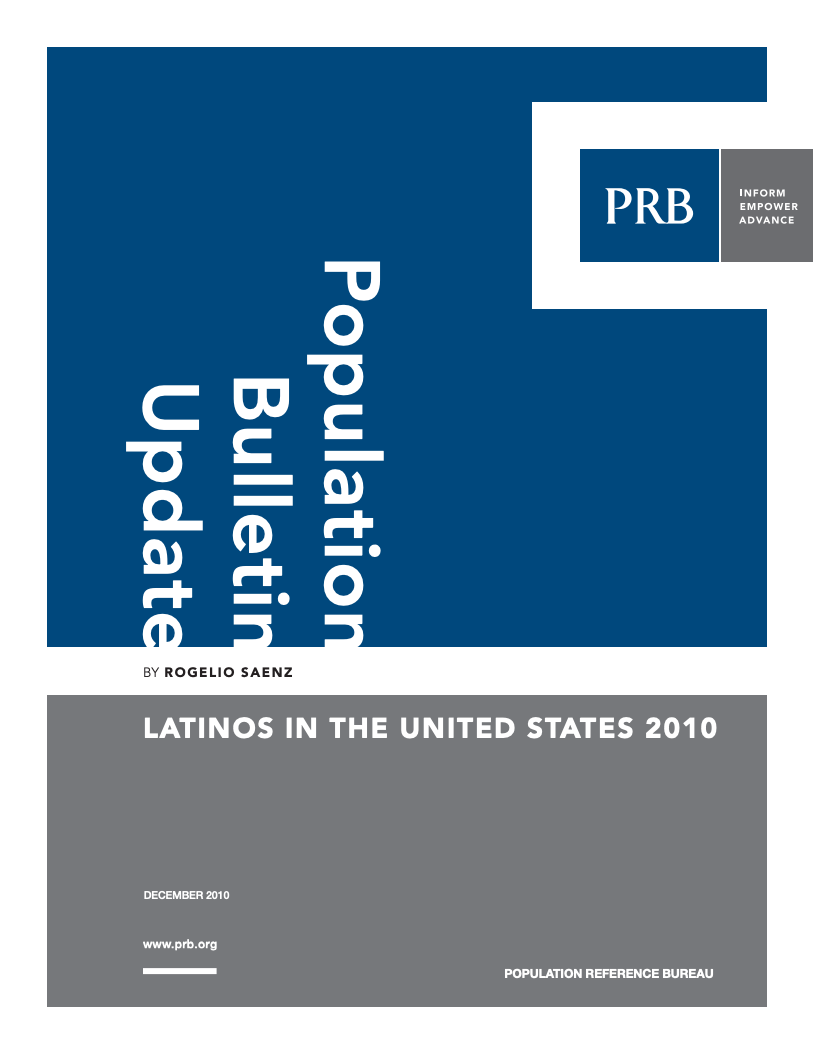104 Search Results Found For : " ┲ 발기부전치료제구입처 사이트 ⊂ vgb764.top ∂ 프릴리지금액 ㈊ 여성 최음제 구매 ╋ Spanish fly 효과 ⊙ 팔팔정 부작용 ┨ 여성최음제 지속시간 ┭ 시알리스사고싶어 ! 레비트라정품구입"

Project: PACE: Policy, Advocacy, and Communication Enhanced for Population and Reproductive Health
Population, Health, and Environment (PHE) Online Course: Also Available French and Spanish
(2018) As part of efforts to share cross-cutting information and increase dialogue and visibility of multisectoral approaches, PRB's PACE project has translated the revised Population, Health, and the Environment course for USAID’s Global Health e-Learning (GHeL) Center, managed by the Knowledge 4 Health project (K4Health).

Social and Economic Well-Being and the Future for Latinos in the United States
(2010) U.S.-born Latinos and foreign-born Latinos face widely different social and economic experiences in the United States.
PRB Discuss Online: Is Sub-Saharan Africa an Exception to the Global Trend Toward Smaller Families?
(2008) Sub-Saharan Africa remains the "last frontier" of fertility decline. Throughout the developing world (including China), the average number of children per woman has dropped from around six in 1965 to just about three today.

Can Drones Help Avert Contraceptive Stockouts? Maybe…
Drones might seem to be a natural solution to maintaining a more even contraceptive supply in hard-to-reach areas, but family planning supplies aren’t yet the ideal cargo.
Shifting Latino Ethnic and Racial Identity
(2010) Over the past several decades, the U.S. Census Bureau has used variations in its attempt to classify and enumerate Latinos.
Latinos and the Changing Face of America
(2004) Over the last 100 years, few racial or ethnic groups have had as great an impact on the demography of the United States as Latinos. In 1900, there were only slightly more than 500,000 Latinos.1

